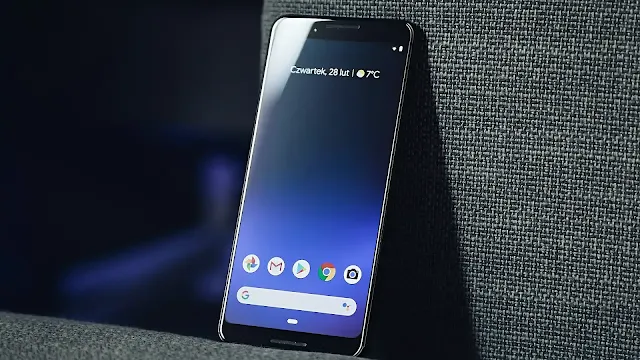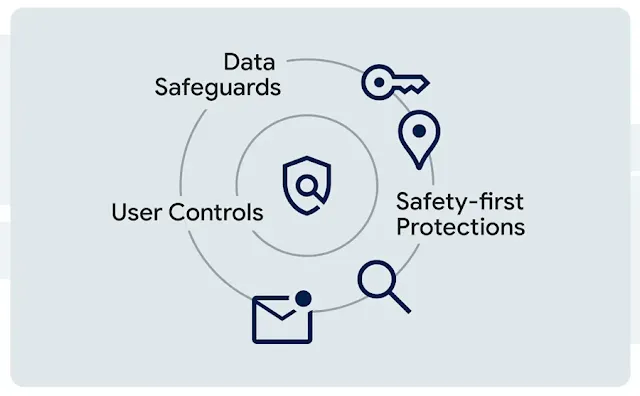Google Launches Global 'Find My Device' Network for Android Users
Good news for Android users who frequently misplace their phones or everyday
essentials! Google has begun rolling out a significantly improved
"Find My Device" network globally, offering a more secure and
comprehensive way to track down lost belongings.
Locating Lost Devices Made Easier:
This innovative system leverages a network of over a billion Android devices
to help users find their misplaced phones and tablets, even when offline. With
the app, you can:
 |
| Google Find My Device |
- Locate Offline Devices: Even if your Android device is turned off, out of battery, or offline, you can still ring it or check its location on a map within the app. Pixel 8 and 8 Pro users benefit from an extra layer of security, as their devices can be located even in these situations.
- Track Everyday Items with Bluetooth Tags (Starting May): From May onwards, the app will integrate with Bluetooth tracker tags from Chipolo and Pebblebee, allowing you to locate everyday items like keys, wallets, or luggage. These tags are designed specifically for the Find My Device network and offer additional security features like unknown tracker alerts for both Android and iOS users.
- Find Nearby Devices: A "Find Nearby" button helps pinpoint the location of your lost device when you're in close proximity to it. This feature will also be available for tracking everyday items with Bluetooth tags, launching in May.
- Enhanced Home Tracking with Nest Devices: The Find My Device app now indicates the proximity of a lost device to your home Nest devices, providing a helpful reference point for locating it within your home.
- Share Tracking with Friends and Family: The app allows you to share access to tracked items like house keys, TV remotes, or luggage with others. This collaborative tracking can be helpful if someone else in your household misplaces the item.
Prioritizing Security and Privacy:
Google understands the importance of user privacy and security. The Find My
Device network incorporates several layers of protection, including:
- End-to-End Encryption: Location data is encrypted from start to finish, ensuring only the owner and authorized individuals can view it. Google cannot access this information.
- Crowdsourced Location Reporting: Reports to the network don't reveal the identities of nearby Android devices, safeguarding user privacy. Only the location and time of the lost item are shared with the Bluetooth tag owner.
- Data Minimization: Encrypted location data is regularly overwritten to minimize data storage. Reports are also discarded if the lost item is detected by the owner's nearby devices.
Additional Security Measures:
- Aggregation by Default: Multiple nearby Android devices must detect a tag before its location is reported, making it difficult for unwanted tracking, especially near private locations.
- At-Home Protection: Android devices near a user's home won't contribute to location reports within the network, offering an extra layer of privacy within your own surroundings.
- Rate Limiting and Throttling: Limits are placed on location reporting and update requests to reduce the risk of real-time tracking while still being effective for finding lost items.
- Unknown Tracker Alerts: The system can detect potential unwanted tracking and alert users, enhancing overall security.
Availability:
The new Find My Device network is gradually rolling out worldwide, starting
with the United States and Canada. It's compatible with devices running
Android 9 or later. Additionally, Google has announced that headphones from
JBL, Sony, and other brands will soon be compatible with the Find My Device
network through upcoming software updates.
This enhanced "Find My Device" network promises to bring peace of mind to
Android users by offering a more secure and comprehensive way to locate lost
devices and everyday belongings.

